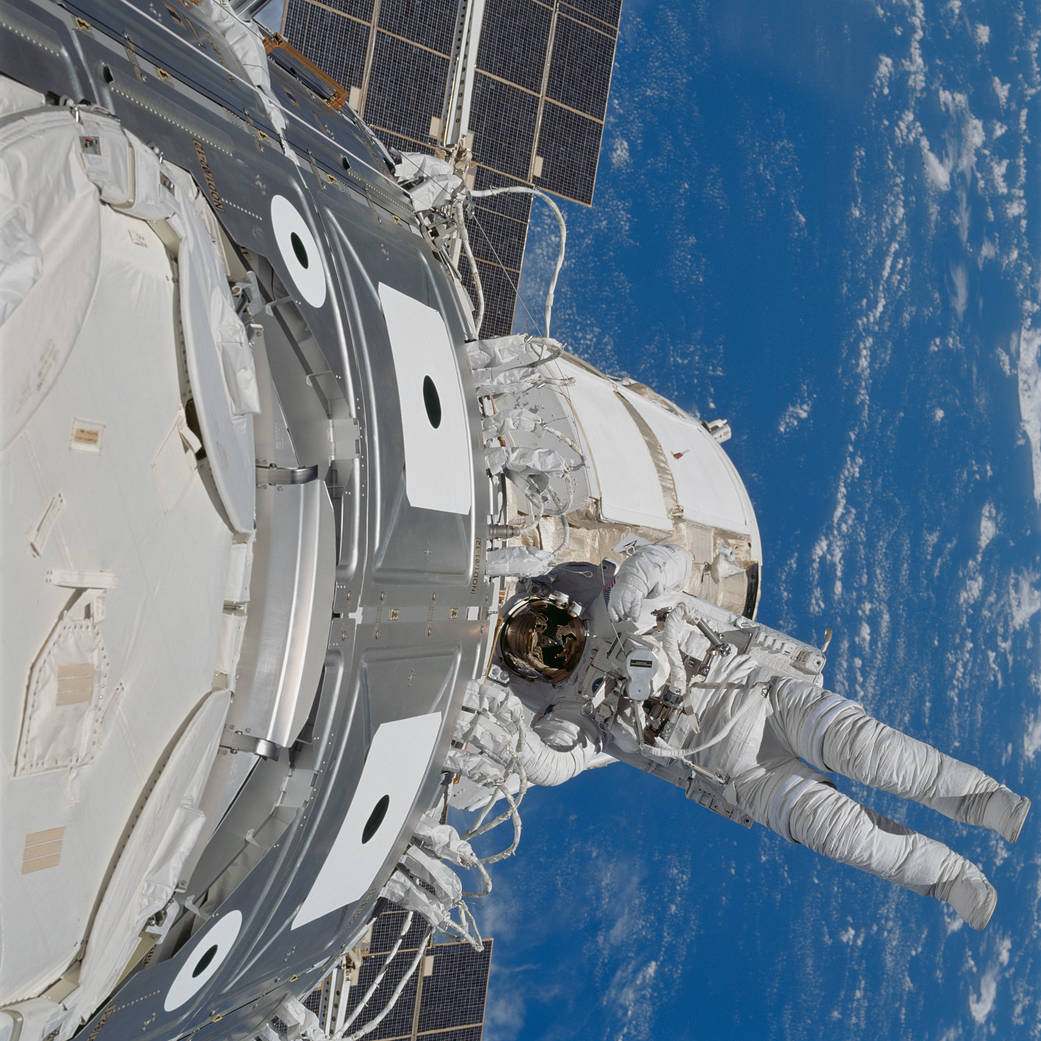This week in 1998, space shuttle Endeavour, mission STS-88, launched from NASA’s Kennedy Space Center on the first International Space Station assembly mission. Endeavour carried the Unity connecting module – the first space station piece provided by the United States – and two pressurized mating adapters. On Dec. 6, the STS-88 crew captured the Russian Zarya module, launched Nov. 20, and mated it with the Unity node. Scientists and engineers at NASA’s Marshall Space Flight Center led the development of four systems supporting science operations and investigations aboard the station, including the ExPRESS racks, the Microgravity Science Glovebox, the Materials Science Research Rack, and the Windows Observational Research Facility. Here, astronaut James Newman works on wrap-up tasks during the final of three spacewalks performed by the STS-88 crew during its 11-day mission. Today, the Payload Operations Integration Center at Marshall serves as “science central” for the space station, working 24/7, 365 days a year in support of the orbiting laboratory’s science experiments. After 20 years of continuous human presence, the space station remains the sole space-based proving ground and stepping stone toward achieving the goals of the Artemis program. The NASA History Program is responsible for generating, disseminating, and preserving NASA’s remarkable history and providing a comprehensive understanding of the institutional, cultural, social, political, economic, technological, and scientific aspects of NASA’s activities in aeronautics and space. For more pictures like this one and to connect to NASA’s history, visit the Marshall History Program’s webpage. (NASA)
2 min read





























